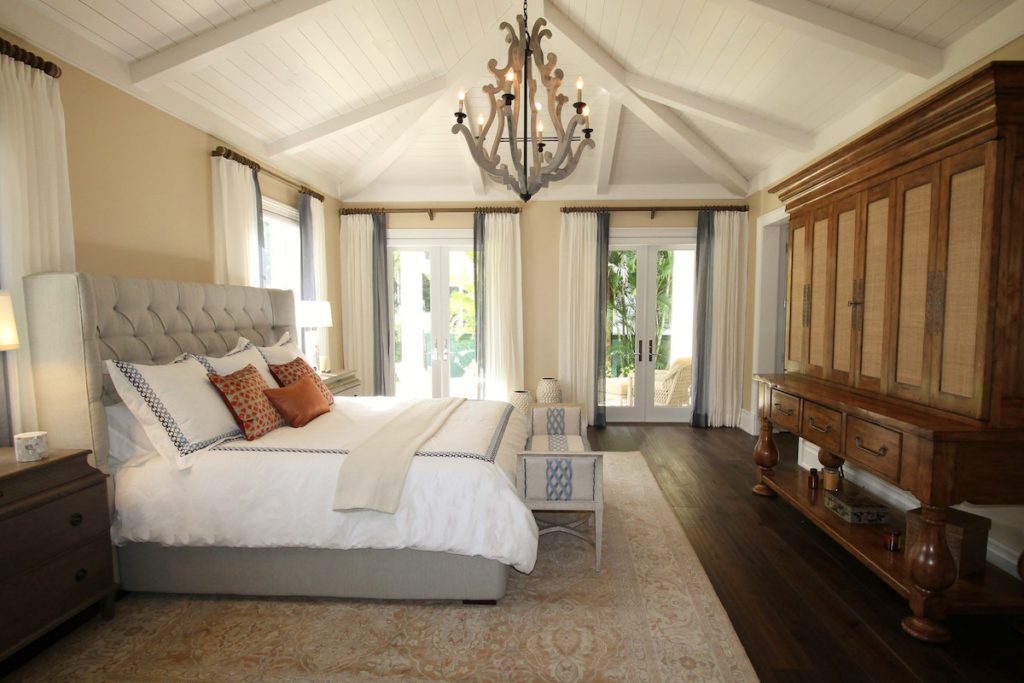Using tin tiles as a backsplash is actually a really good way to get more used to using tin ceiling tiles. Using tin tiles as backsplashes can be done on kitchens or bathrooms…or both!. Tile the walls and ceilings of your bathroom for $7-$23 a square foot, while doing only a single backsplash may cost slightly more.
When tiling the ceiling, be sure you are using waterproof backboards throughout that entire area as well. Before you begin to lay your tiles to the ceiling, ensure the backing board that you are using is properly attached and able to hold up under the weight of your tiles. Move your tiles back and forth to make sure that mortar is adhering to the ceiling.
When your floor is uneven, you may even want to use one wall as your base, and begin laying your tiles from that point. Instead of baseboards, floor tiles can be used to fill in these gaps too, joining tiles where walls meet floors.
You can also trim your floors with tile borders to give an enclosed appearance to your space. While you may be used to seeing tiles in bathrooms and kitchens, you can add sections of wall tiles in other rooms of your house as well. Choosing tiles for the ceiling in a bath has a number of benefits, such as those listed above.
Tiled bathroom ceilings can add an additional layer of protection to your bathroom, as well as help to keep out extra moisture. Tiled ceilings make the room appear more modern, upscale, and airy. Tile your shower ceiling could upgrade your bath and give it a little added flair.
If you are thinking about remodelling your bathroom, consider adding tiles to the ceiling. One of the cheapest, best-looking ways you can revamp the decor in your living room is by using tile on the ceiling. You can decorate one of the rooms of your home with tiles that are inspired by the era of retro or vintage design, creating a space that is visually appealing.
Consider installing tile that is in contrasting colours on the ceiling and walls to create a unique floor plan. You can also create unique and beautiful wall decorations using ceiling tiles. You can even use ceiling tiles that resemble real wood to give it a more rustic feel.

The appearance of wood-panelled ceilings above lends warmth and beauty to any kind of house, from the rustic bungalow to a grand bedroom with vaulted ceilings. The ceiling can be a focal point in any room, so allow your ideas to fly with a ceiling that transforms an uninspired room into an incredible space.
When using decorative ceiling tiles in your home, it is all about keeping it accessible and fresh for maximum effect and making sure that your house or room does not end up feeling messy and claustrophobic.
Learning to install suspended ceilings will enable you to redefine your room’s aesthetics, providing a unique, decorative alternative to plain paint. There are just some reasons why you might not want to tile your shower ceiling, or maybe you would like a professional to do it for you. No matter which tile you decide on, you will have plenty of colours to choose from, which allows you to achieve any appearance you would like your shower ceiling to be.
While installing tile on your ceiling using this method allows you to change the tiles easily when needed, keep in mind that you will lose some height in your room. You will have to trim off any tiles that are not full-grid sizes, such as rows that are stacked up against a wall.
Determine how many ceiling tiles you need by measuring the space size (length x width) to figure out the square footage. Use the methods mentioned earlier to work out how many tiles you need. The final numbers will help you determine how many tiles a room needs, and then you can draw up the blueprint.
Then, lay down your tiles in thin strips around the edges of your room, then start working up toward the ceiling. Apply glue and push edge tiles into the ceiling, then repeat throughout the room.
The suction holds the tile firmly against the ceiling until the thin set is cured. Thin-set typically takes 24 hours to cure and install tile, so you are encouraged to create T-shaped supports for your tiles prior to covering your ceiling with tiles.
Clean off the tiles, allow the grout to dry, and then wash off any remaining residue. Push the tiles down to the ceiling very hard, to get the air out.
After you coat it with white paint, a subtle trim piece around glued-on fake-tin ceiling tiles will give that crown moulding the appearance of height. Using ready-made moulding corners ($3 to $16 apiece), the novice can set the moulding–even the crown moulding–on top of the ceiling. Adding crown moulding and other wood trim pieces to a simple ceiling creates dimension and architectural interest.
If you are willing to get into carpentry and the art of the mitre, adding moulding to the edges of your ceiling, where walls meet, can add custom-built flair even to the most basic tract house or shoebox bedroom.
One advantage of ceiling tiles installed on the surface is that you can install them right over existing drywall, popcorn ceilings, or joists, or over a patch of plaster, an alternative to learning to patch your ceiling. Consider tiles, too, if you have researched how to remove popcorn ceilings, but prefer the idea of covering them instead — tiles are an excellent option to accomplish this.
One of the ways you can really take any bedroom or living room to the next level is to add a metal ceiling tile or favourite panels, create a new design on one of the walls or drop ceilings in a room. For the most eclectic and arty amongst us, using plain fake ceiling tiles like wall art is a wonderful way to make your home’s interior design look a lot more unique and a lot more special.
